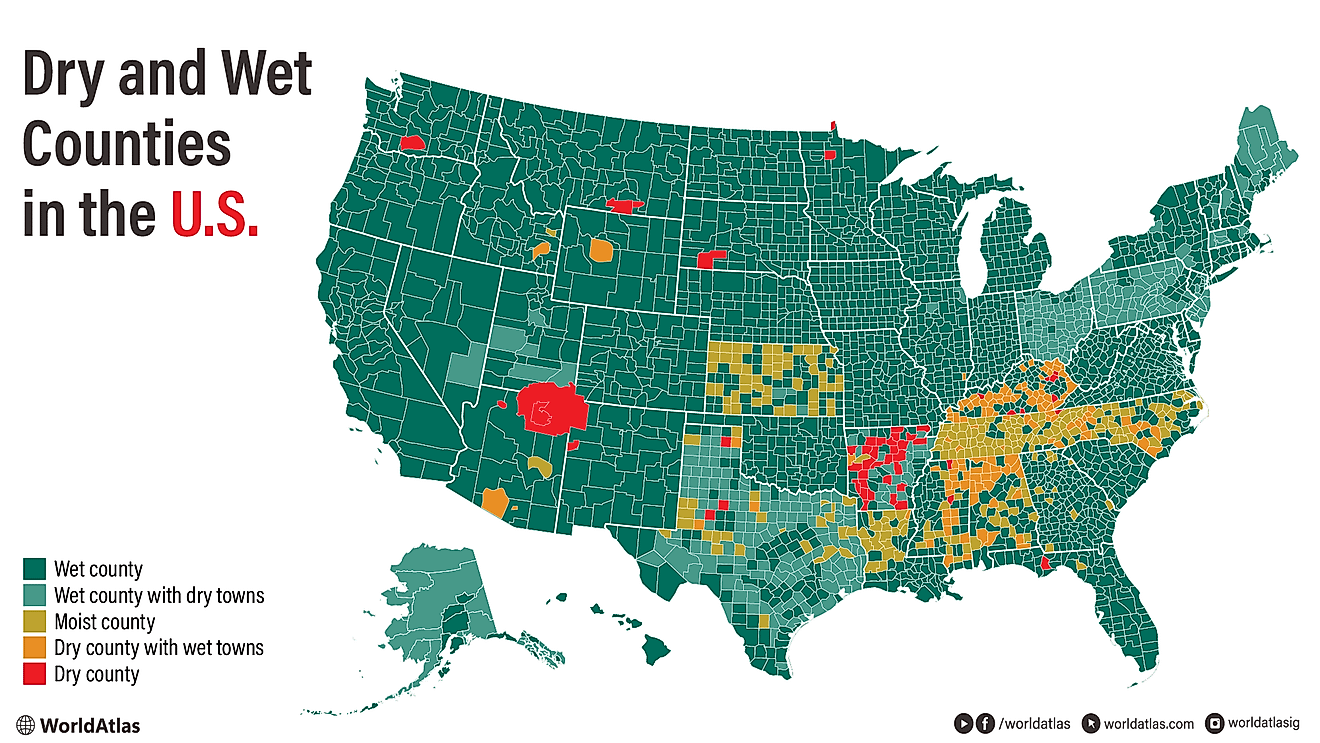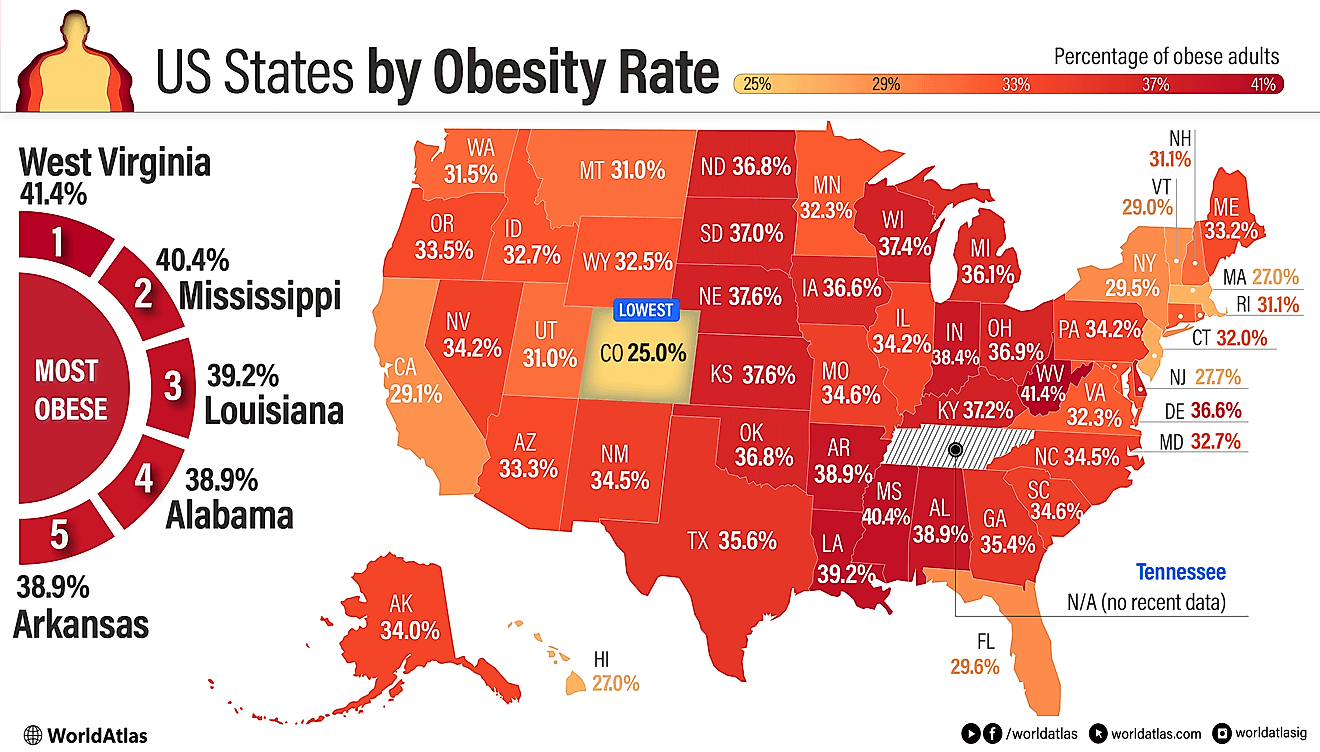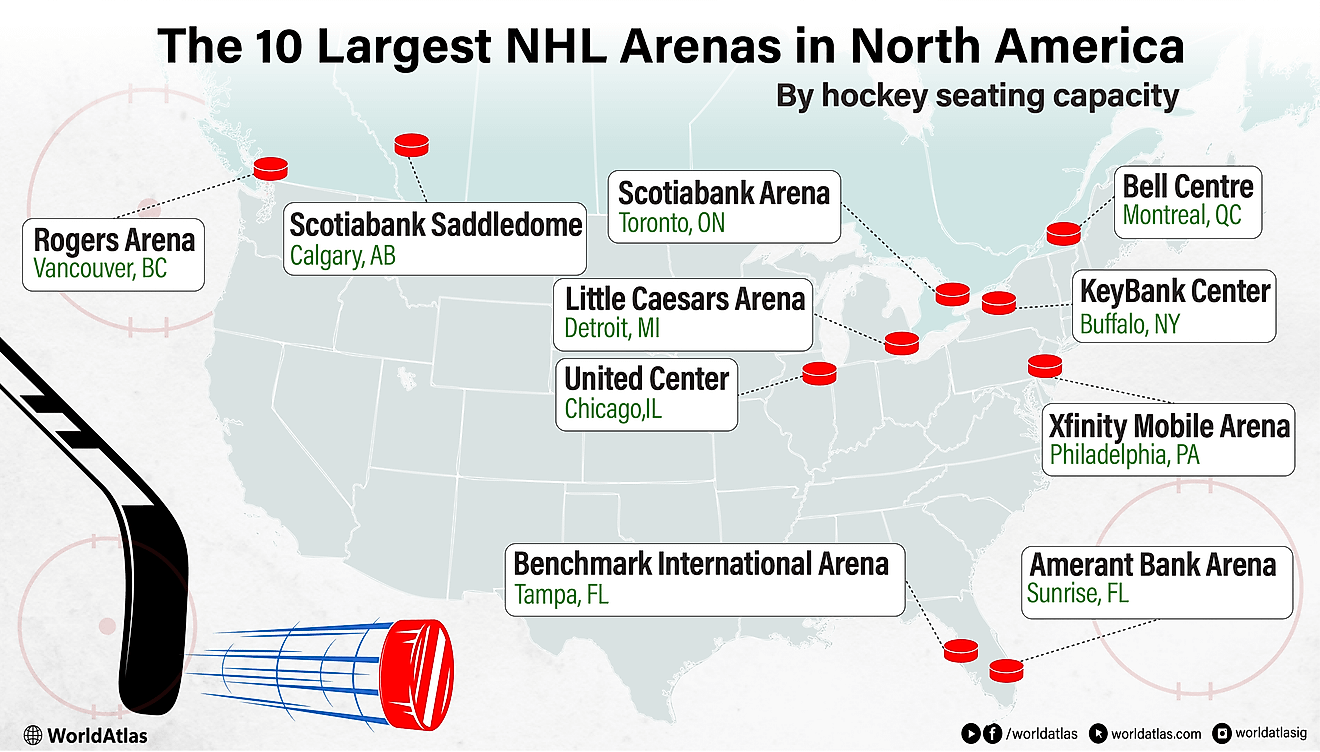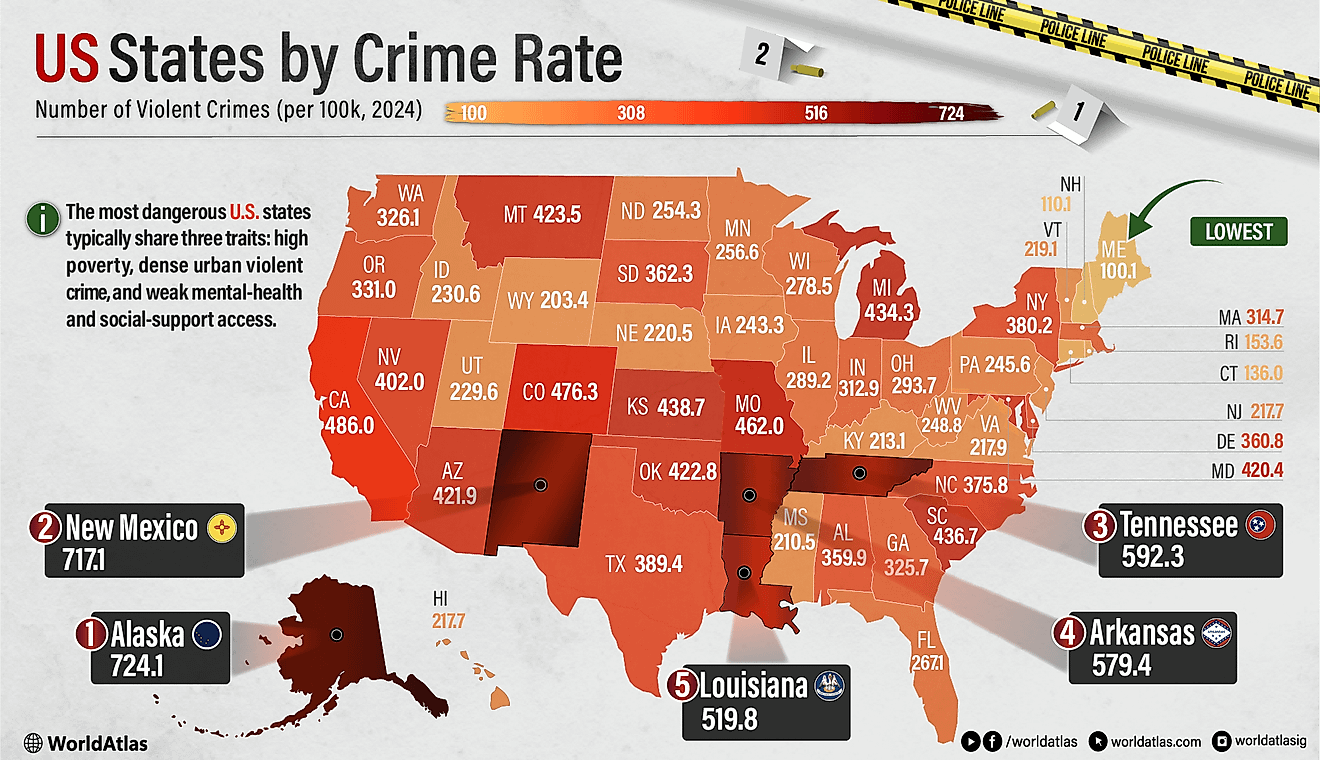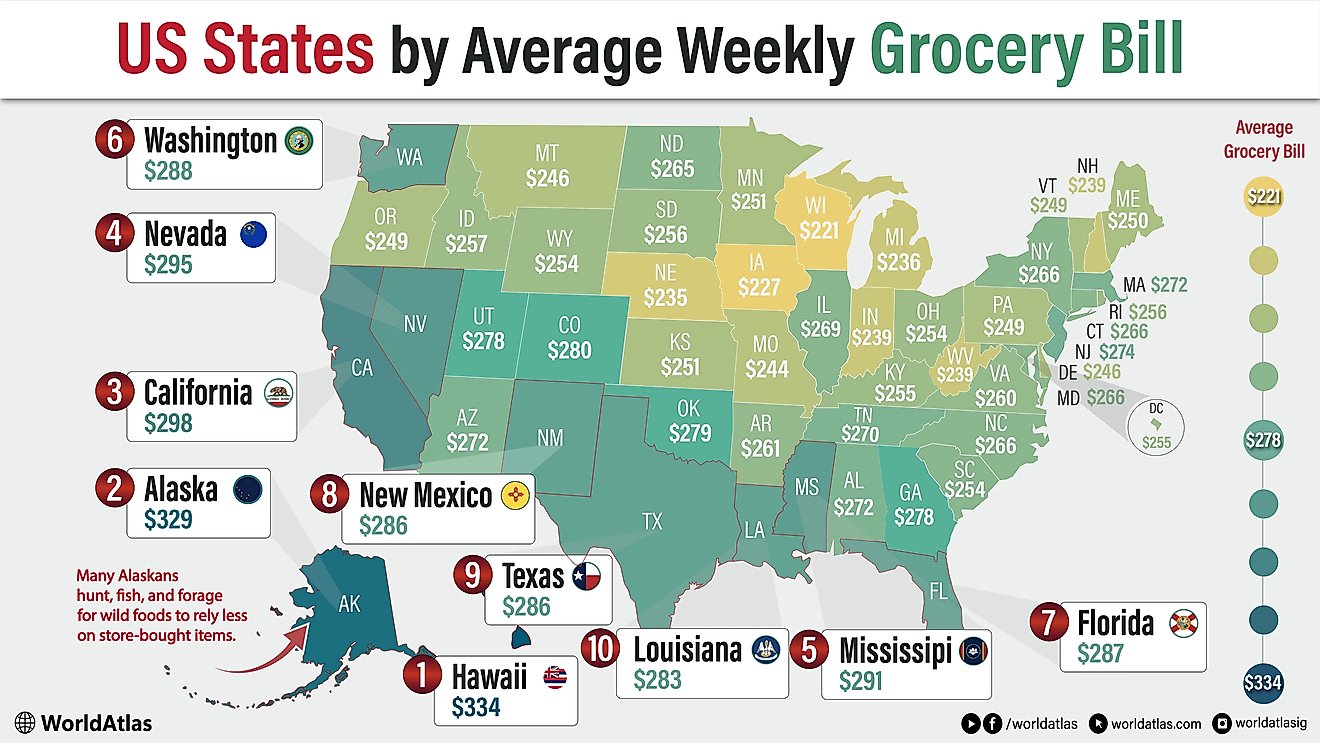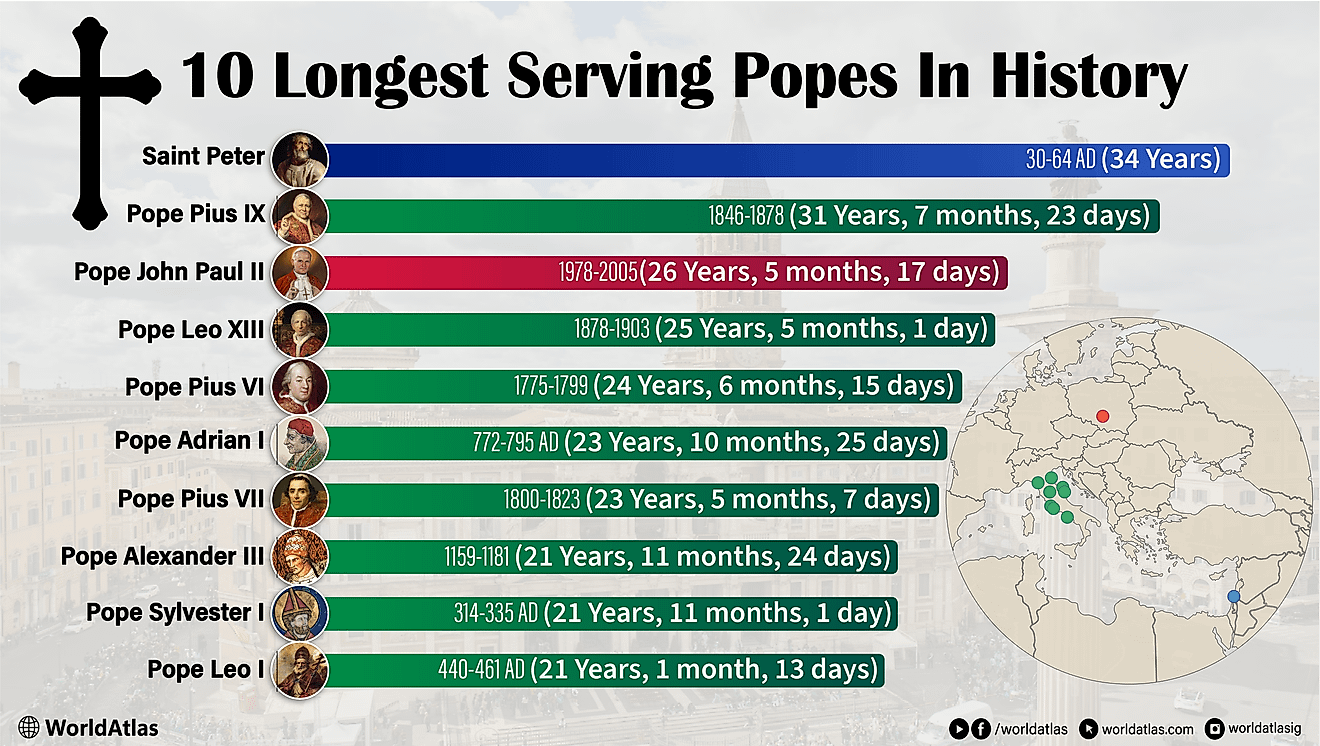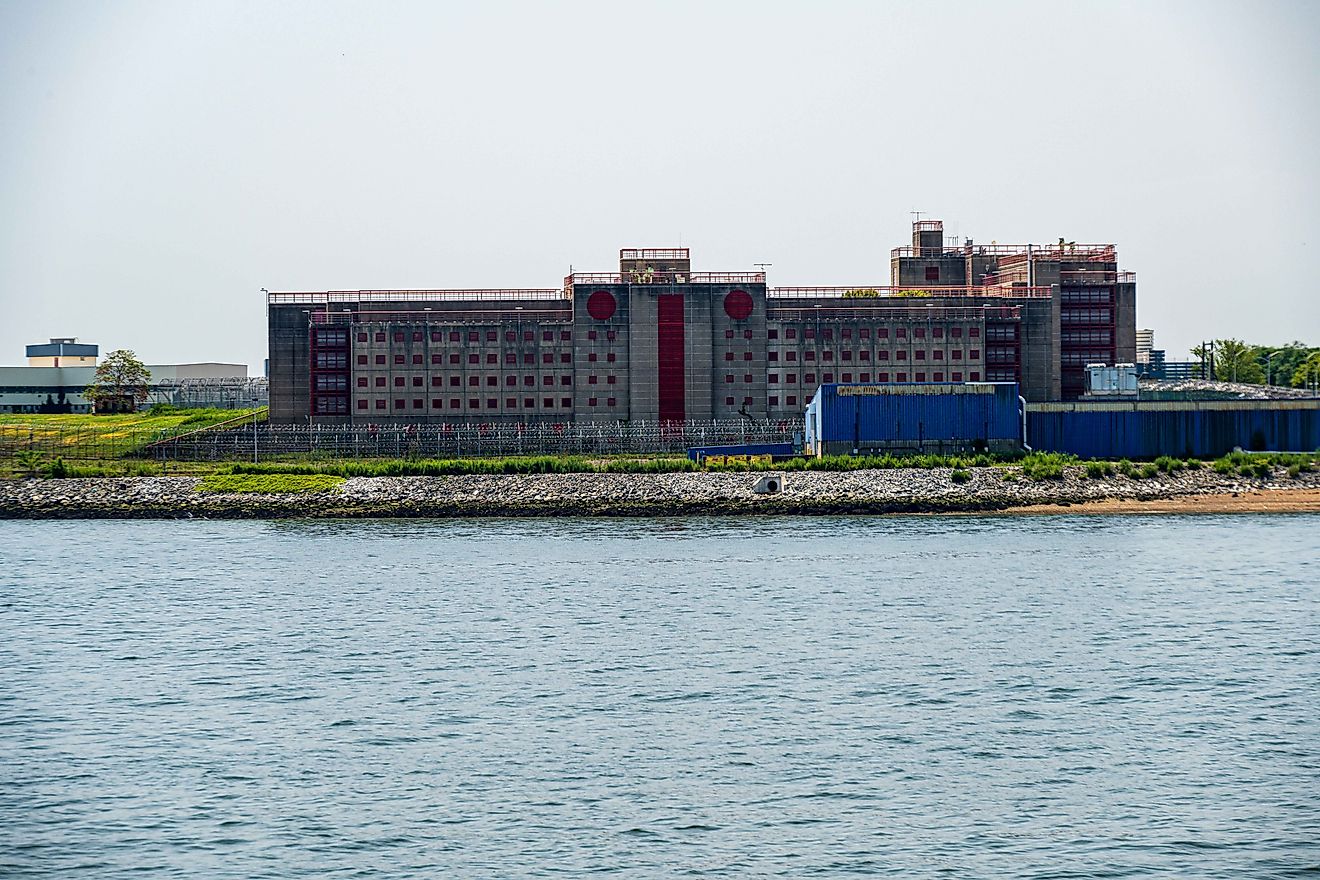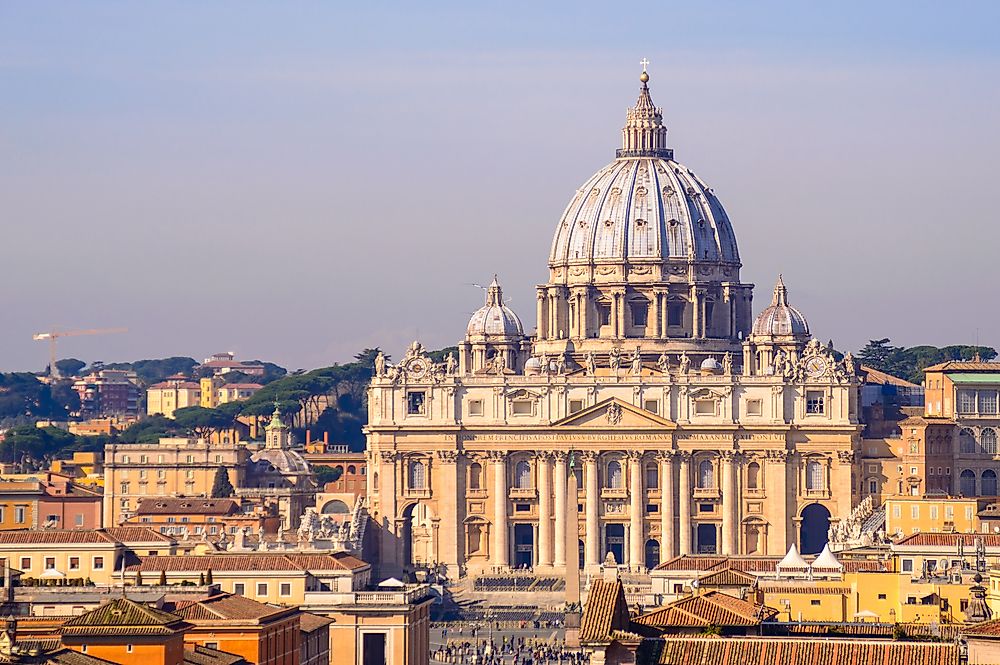Growth Of Islam In Sub-Saharan Africa: 2010 To 2030
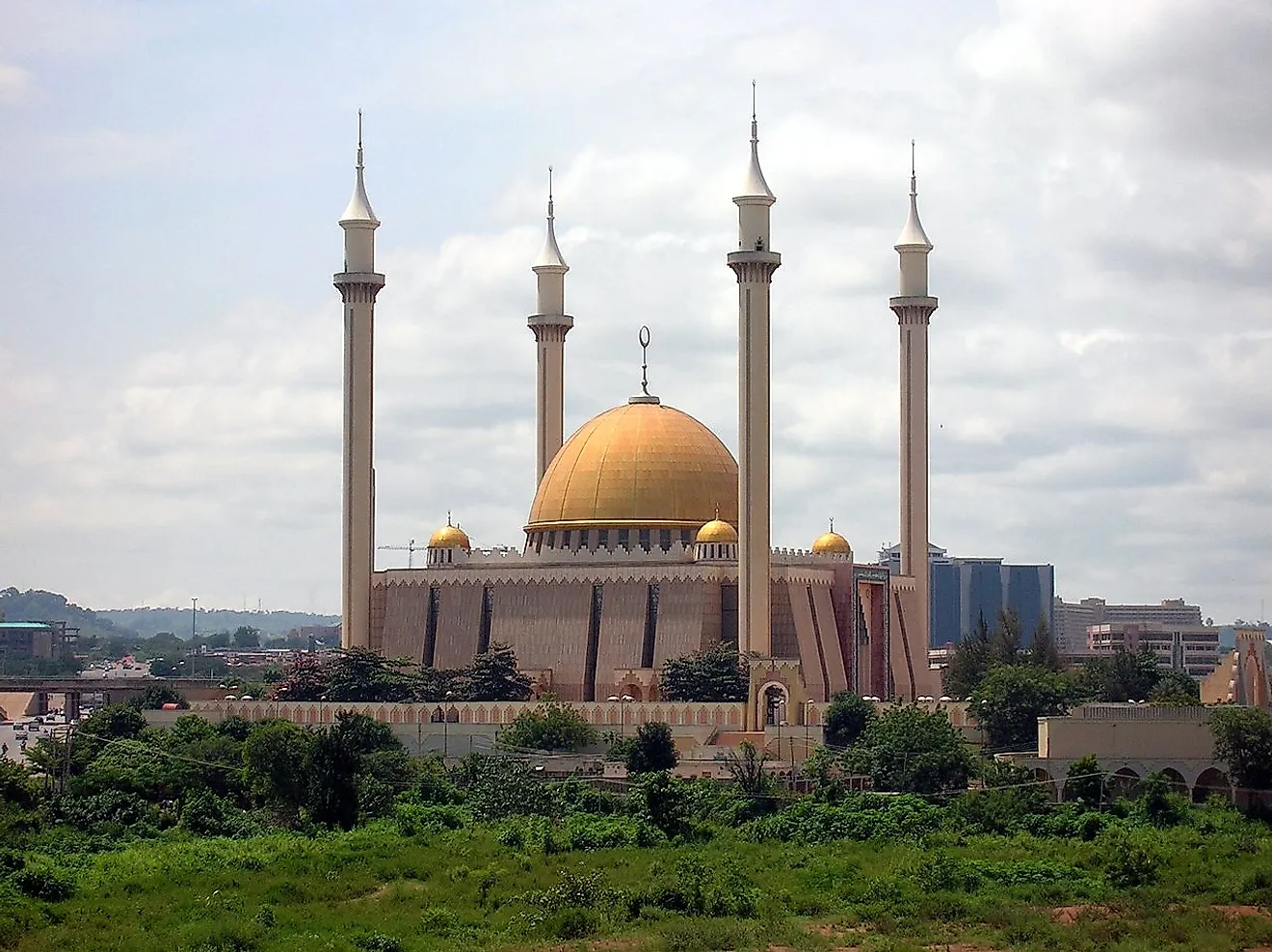
- Islam is the second most popular religion in Sub-Saharan Africa with 30.2% of the population being Muslims.
- West Africa is the only Sub-Saharan African region where Islam is the religion of the majority.
- Among the Sub-Saharan African countries, Nigeria, Ivory Coast, and Gabon are projected to experience the highest increase in the share of population that is Muslim.
Where Is Sub-Saharan Africa?
Sub-Saharan Africa is the part of the African continent that lies to the south of the vast and treacherous Sahara Desert. The countries in Sub-Saharan Africa are more densely populated than those in Saharan Africa due to the relatively less harsh climatic conditions. Sub-Saharan Africa is also projected to experience one of the fastest population growth rates in the world in the coming years.
This region can be further divided into four sub-regions: West Africa, East Africa, Middle Africa, and Southern Africa.
In this article we will learn about the religious demographics of Sub-Saharan Africa with a special focus on the Muslim population of the region.
Religion In Sub-Saharan Africa
According to pewforum.org, Christianity is the dominant religion in the region with an estimated 62.9% of the population adhering to this religion (as of 2010). Islam is the second most popular religion with 30.2% of the population being Muslims. Folk religions, Hinduism, Buddhism, and Judaism are some of the other religions practiced in the region.
West Africa is the only Sub-Saharan African region where Islam is the religion of the majority while Southern Africa has the lowest Muslim population.
Nigeria, West Africa’s most populous country has the largest Muslim population of all countries in Sub-Saharan Africa. It is expected to grow from an estimated 75,728,000 in 2010 to 116,832,000 Muslims by 2030.
Predicted Growth Of Islam In Sub-Saharan Africa: 2010 to 2030
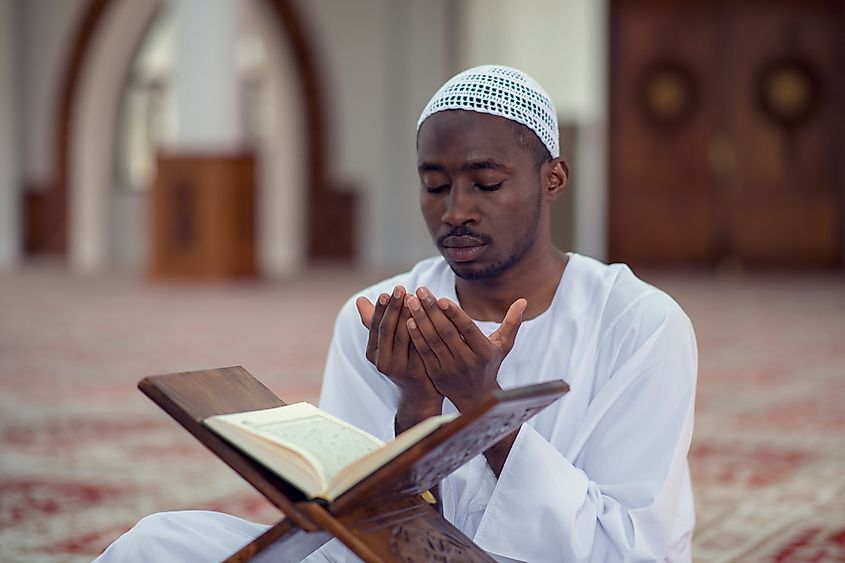
Sub-Saharan Africa is predicted to undergo a population explosion in the next 20 years. The Muslim population of the region is projected to represent 17.6% of the global Muslim population by 2030.
In West Africa, the number of Muslims is projected to rise from 160 million in 2010 to 257 million in 2030, an increase of over 60%. The sub-region’s Muslim population will account for around 52.2% of the total population by 2030, a slight increase from 50.4% in 2010. However, in East Africa although Muslim population is expected to increase, the share of the sub-region’s population that is Muslim is predicted to decrease slightly from 21.5% in 2010 to 21.1% in 2030. In Middle Africa, the Muslim population is less than 10% of the total population of the sub-region and the share is forecasted to remain nearly the same in 2030. In Southern Africa, the population of Muslims is expected to increase only slightly with the population share being only around 1.3%.
Among the Sub-Saharan African countries, Nigeria, Ivory Coast, and Gabon are projected to experience the highest increase in the share of population that is Muslim. In Nigeria 47.9% of the total population practiced Islam in 2010 and the percentage is expected to increase to 51.5% by 2030, a growth of 3.7 points. Ivory Coast and Gabon are expected to exhibit a growth of 3.0 and 2.3 points in their percentage share of Muslim population from 2010 to 2030.
Important Factors Driving The Change
High fertility rates in general and more so in the Muslim community in Sub-Saharan Africa is believed to be the biggest factor leading to the projected increase in the region’s Muslim population. Economic development and better healthcare access will also improve the survival rate of the region's population. Religious switching is also expected to be higher in favor of Islam than other religions in the region. Migration will, however, not impact the religious demographics of the region as more emigration is expected to occur than immigration in Sub-Saharan Africa in the coming times.
Sub-Saharan African Countries With The Largest Projected Increase In Share Of Population That Is Muslim (2010 to 2030)
| Rank | Sub-Saharan country | Estimated percentage of population that is Muslim (2010) | Projected percentage of population that is Muslim (2030) | Projected point change (2010 to 2030) |
|---|---|---|---|---|
| 1 | Nigeria | 47.9% | 51.5% | 3.7 |
| 2 | Ivory Coast | 36.9% | 39.9% | 3.0 |
| 3 | Gabon | 9.7% | 11.9% | 2.3 |
| 4 | Ghana | 16.1% | 18.2% | 2.2 |
| 5 | Kenya | 7.0% | 8.7% | 1.7 |
| 6 | Sierra Leone | 71.5% | 73% | 1.5 |
| 7 | Cameroon | 18.0% | 19.2% | 1.1 |
| 8 | Rwanda | 1.8% | 2.3% | 0.4 |
